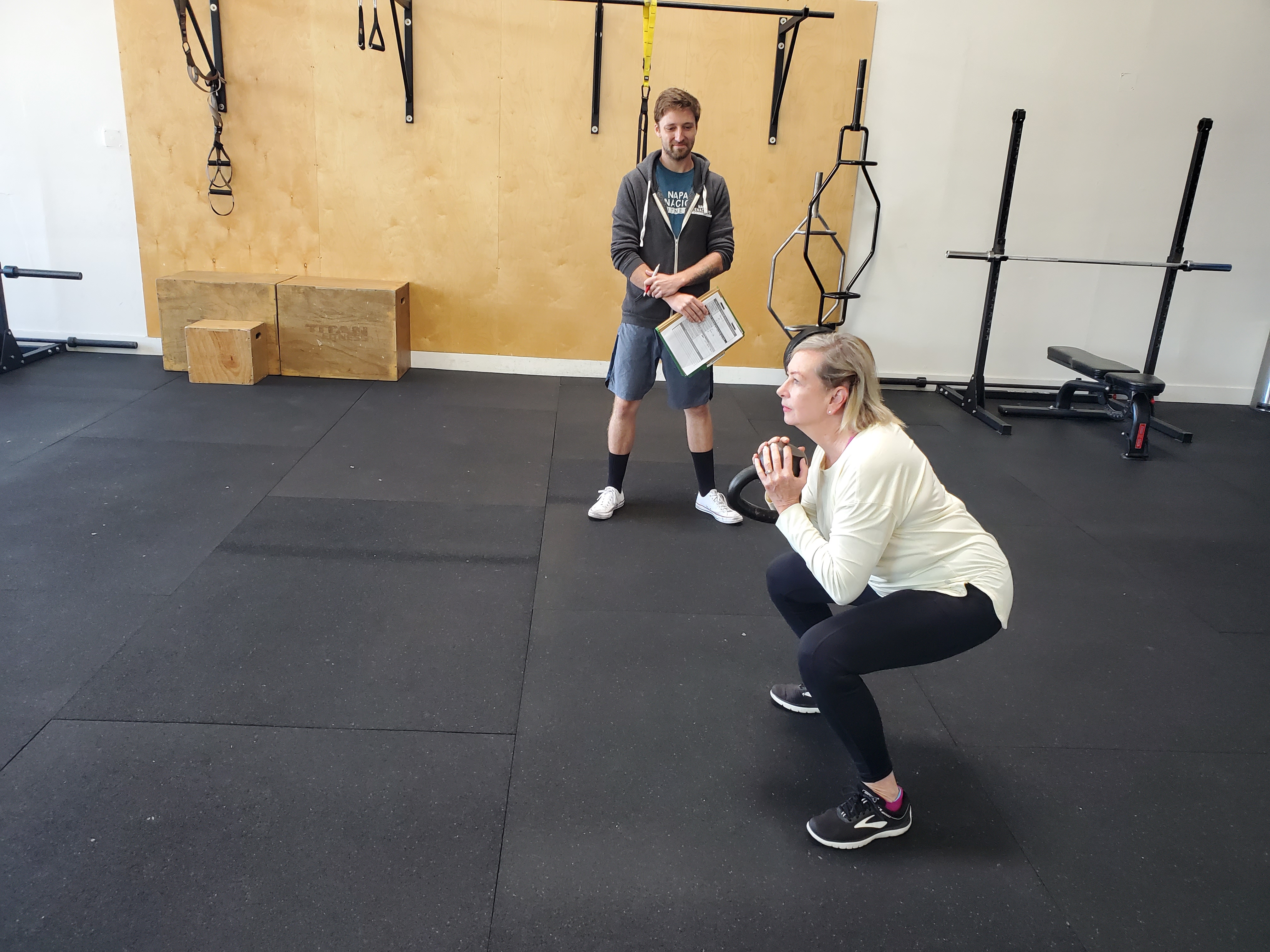Last week, we shed light upon a few noteworthy structures surrounding the sciatic nerve in the body. This region of muscles, tendons, ligaments, bones, and nerves is referred to as the lumbopelvic hip complex, or the LPHC. The combination of connective tissue present in the LPHC is significant for the integrity of the lumbar spine and hip region. Appreciating the area’s intricacies can empower our ability to decrease debilitating symptoms of lower back pain, hip tightness, and, one of the most popular criminals in the LPHC community, sciatica.
Described as sharp, searing, or annoying pain originating from the center of the buttocks, sciatica is a condition that sends nerve pain down the back of the leg to the heel. Discomfort is an understatement for severe cases of sciatica. Symptoms of sciatica can originate from many root causes. Compressed or shifted vertebrae, bulging discs knocked out of alignment, or deconditioned muscles surrounding the hip region all contribute to sciatica causing this “pain in the butt” condition.
Before visiting a doctor’s office, exploring x-rays and MRI images, and how surgical intervention can remedy extreme sciatica, perhaps looking at some low-hanging fruit solutions can be helpful. This simple yet effective tactic can be achieved by educating ourselves about exercises to strengthen the LPHC. If we reinforce the system of muscles, tendons, and ligaments in the LPHC, we will likely have less collapse of weak muscles and bones that push down on the sciatic nerve.
Underneath the gluteal muscles, resides the piriformis muscle. Physical therapists and fitness professionals consider sciatica a common culprit in people’s lives. A prevalent cause of sciatica is the compression of the piriformis muscles pushing down the sciatic nerve. This deep gluteal muscle traces directly over the sciatic nerve path as the nerve travels inferiorly down the back of the leg. The primary function of the piriformis is to lift the leg up and away from the body’s midline. This action is known as hip abduction. When this muscle gets inflamed, it increases in size. Just like a traffic jam at the Jameson Canyon to Highway 80 eastbound junction. Pressure, stress, and pain ensues as this area of the hip gets congested, with a muscle that shouldn’t be as large as it is and is pressed down on the sciatic nerve. So, what happens when the piriformis pushes down on the sciatic nerve? “Ow,” is what happens.
Identifying a common cause of sciatica, such as a deconditioned piriformis, is an efficient and effective first step to laying out a plan of action to solve the beginning periods of sciatica. Now that we know the disruptions the piriformis can contribute to the development of sciatica, what can we do to support our piriformis muscle, so it doesn’t go into a state of distress?
We input efficient and effective rehabilitative movement solutions into our personal training clients’ exercise programs specifically meant to enhance the muscular strength present in the LPHC. Targeting the muscles of the anterior and posterior portion of the lumbar spine muscles, such as the abdominals, deep psoas muscles, and hip flexors, help support the front part of the spine. If we keep the front portion of the spine and hips, we even out how much force can be pressed down the spine. Additionally, exercises emphasizing muscular engagement of the glutes allow for increases in strength adaptions to various other piriformis muscles, allowing the demands of our body’s hip movements. This means that the piriformis won’t be the only muscle performing all the work. Our gluteal muscles are responsible for moving our legs forward, backward, and side-to-side. Balancing the strength of the piriformis and gluteal muscles allows the joint to operate as one unit.
Here are two exercises targeting the muscles of the LPHC and have the potential to alleviate sciatica:
- Pelvic tilt against a wall: Position your back flat against a wall and move your feet slightly in front of you to where you lean back against the wall. Position your back flat against the wall and “roll the crest of your hips toward your ribs.” This movement should stimulate a contraction in the abdominals and glutes. Perform at least five to ten repetitions once per day.
- Supine Isometric Hip Extension: This is a fancy term for what we commonly understand as hip bridges in Yoga class. Lay flat on the ground with the knees bent at about forty-five degrees. Then, while pressing your heels into the ground and ensuring the lower back is stabilized, lift the hips upward until a muscular contraction is experienced in the glutes and hamstrings. Hold this position for ten to fifteen seconds. Perform at least one set of holding for fifteen seconds once per day.
A multitude of potential afflictions can impose symptoms of sciatica, impeding the productivity of our everyday lives. However, deconditioned fitness levels are one of the most common causes of sciatica. Therefore, pain mitigation through exercise adherence and performing exercises that prevent pain are simple and effective tactics that will keep us away from developing this “pain in the butt.”
Sean McCawley, the founder and owner of Napa Tenacious Fitness in Napa, CA, welcomes questions and comments. Reach him at 707-287-2727, napatenacious@gmail.com , or visit the website napatenaciousfitness.com.

